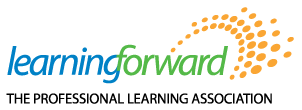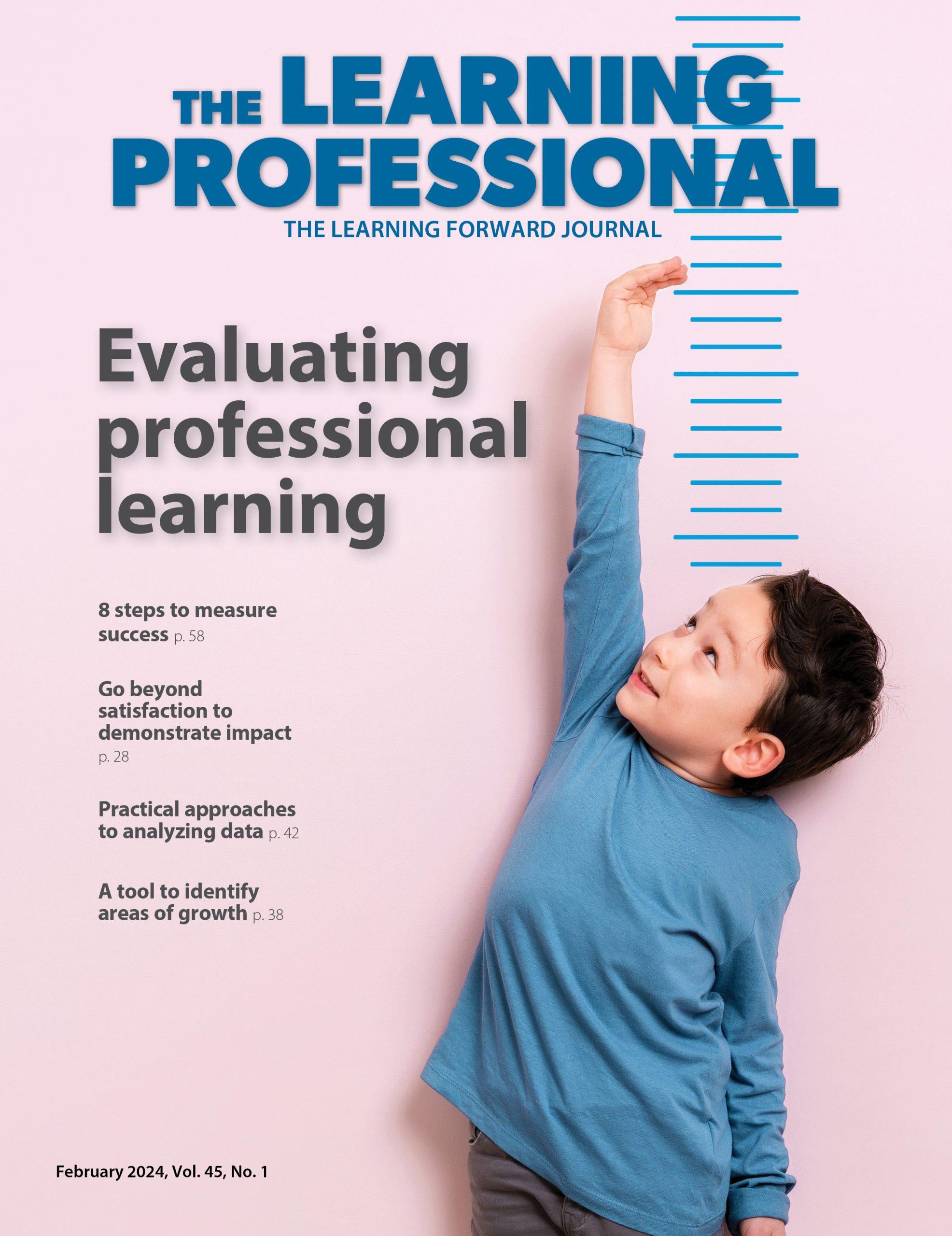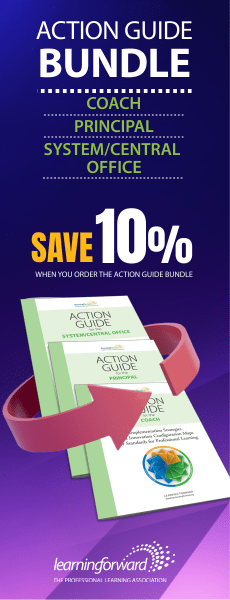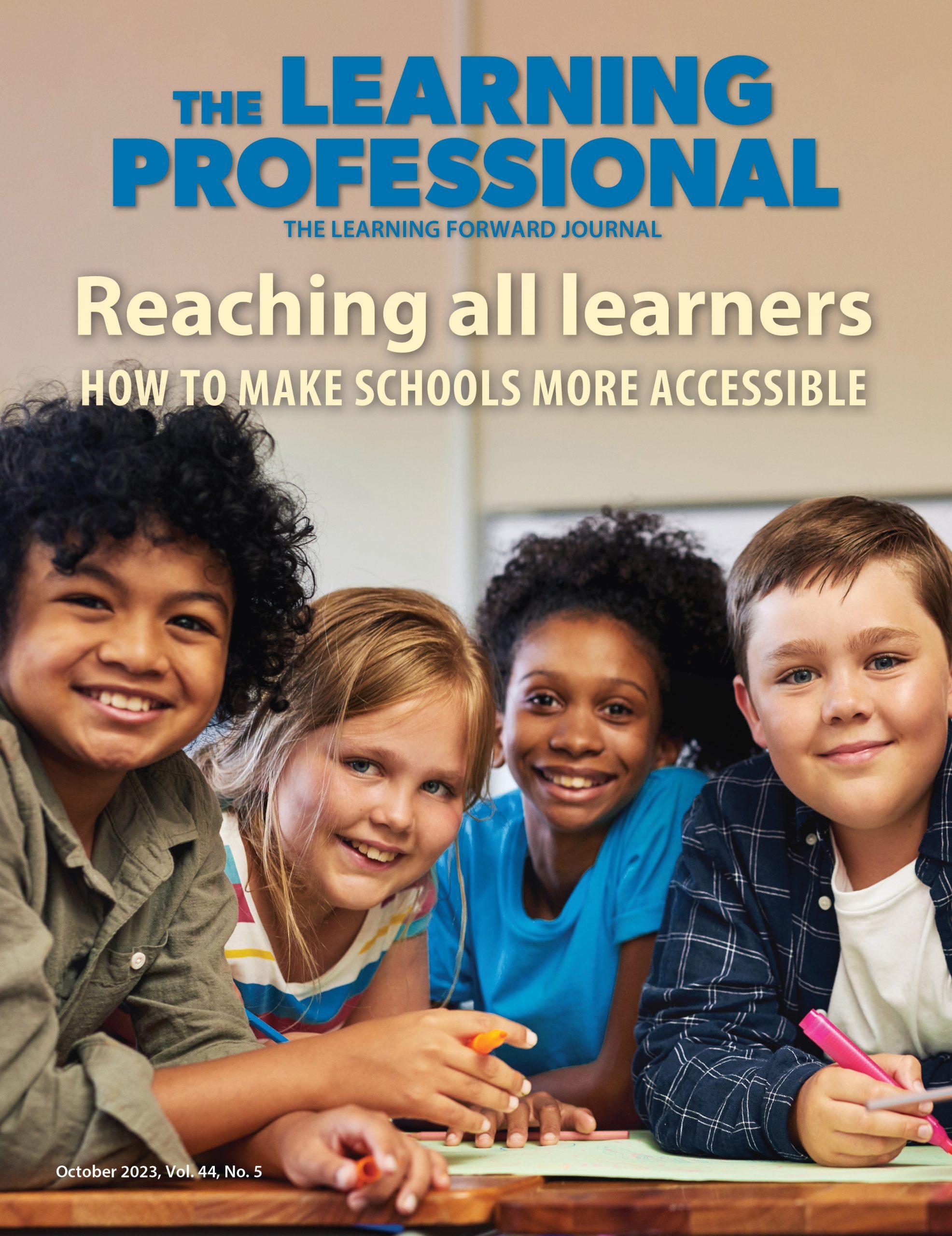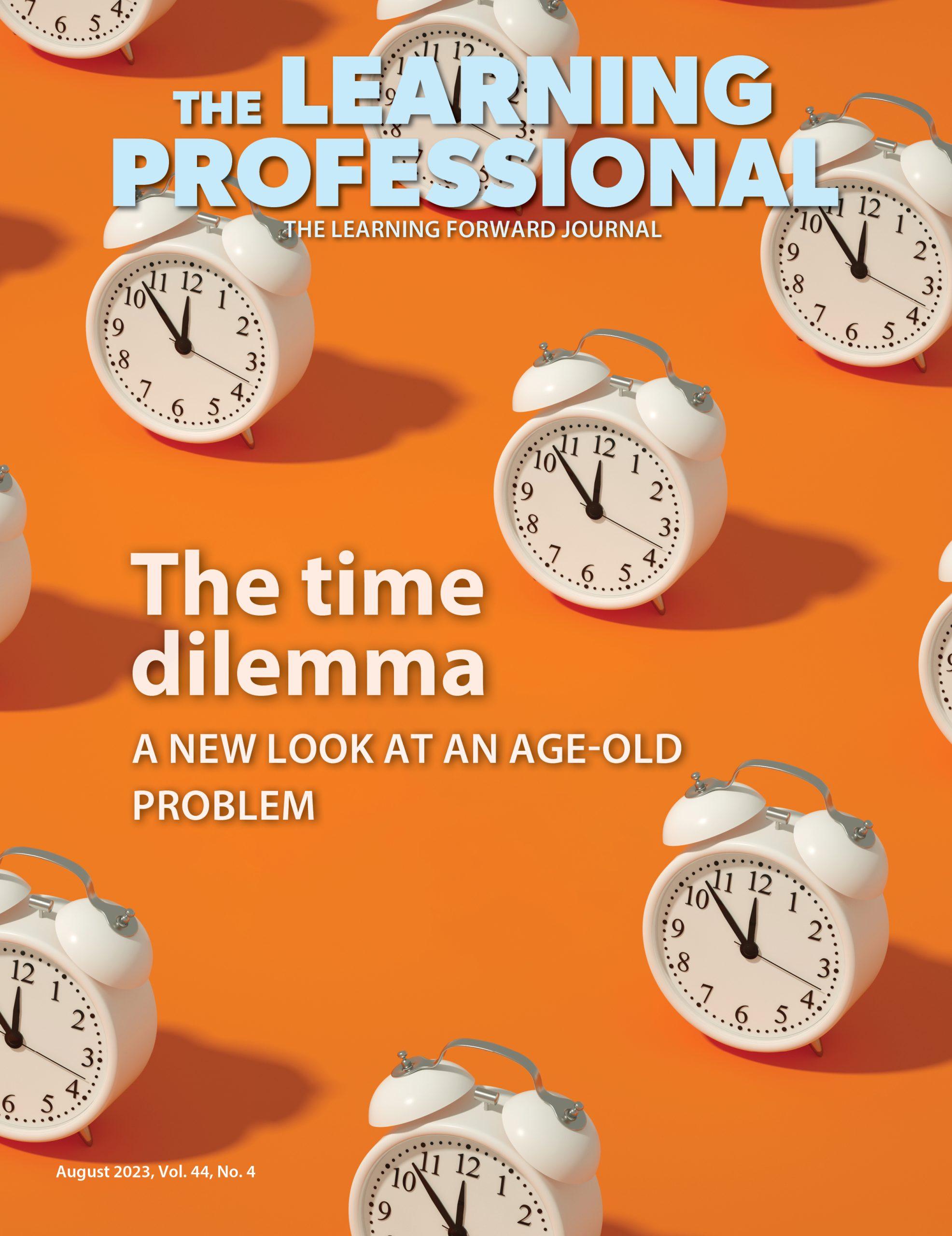FOCUS
Beyond random acts of equity
Courageous conversation about transforming systemic culture
By Glenn Singleton
October 2018
Vol. 39 No. 5
Read the remaining content with membership access. Join or log in below to continue.
Sed ut perspiciatis unde omnis iste natus error sit voluptatem accusantium doloremque laudantium, totam rem aperiam, eaque ipsa quae ab illo inventore veritatis et quasi architecto beatae vitae dicta sunt explicabo. Nemo enim ipsam voluptatem quia voluptas sit aspernatur aut odit aut fugit, sed quia consequuntur magni dolores eos qui ratione voluptatem sequi nesciunt. Neque porro quisquam est, qui dolorem ipsum quia dolor sit amet, consectetur, adipisci velit, sed quia non numquam eius modi tempora incidunt ut labore et dolore magnam aliquam quaerat voluptatem.
Courageous Conversation engages those who won’t talk, sustains the conversation when it gets uncomfortable or diverted, and deepens the conversation to the point where authentic understanding and meaningful actions can occur.
GOALS OF PROFESSIONAL LEARNING FOR EQUITY
Professional learning to foster systemic transformation for equity must address and facilitate practices that teach stakeholders at the board, central office, building, classroom, and community levels to:
- Develop the skill to talk about race;
- Acquire knowledge of how race is constructed and understand its intersection with schooling;
- Build the capacity to interrogate how systems operate to institutionalize beliefs about race; and
- Summon the will to interrupt systems that yield unwanted, racially predictable, and disproportionate results.

Recent Issues
TAKING THE NEXT STEP
December 2023
Professional learning can open up new roles and challenges and help...
REACHING ALL LEARNERS
October 2023
Both special education and general education teachers need support to help...
THE TIME DILEMMA
August 2023
Prioritizing professional learning time is an investment in educators and...
ACCELERATING LEARNING
June 2023
Acceleration aims to ensure all students overcome learning gaps to do...
